Paraguayan cuisine is a culinary journey through a country’s history, culture, and geographical diversity. Nestled in the heart of South America, Paraguay boasts a culinary tradition deeply rooted in its indigenous Guaraní heritage, Spanish colonization, and the influences of neighbouring countries. From the iconic sopa paraguaya to the comforting chipa, Paraguayan food reflects the nation’s rich tapestry of flavours, ingredients, and culinary traditions. In this exploration of Paraguayan cuisine, we will delve into its historical roots, regional diversity, iconic dishes, street food culture, and the challenges and opportunities it faces.
Historical Roots:
Paraguayan cuisine has deep historical roots, with the indigenous Guaraní people as its foundation. The Guaraní cultivated a variety of crops, including maize (corn), manioc (cassava), and sweet potatoes, which remain central to Paraguayan cuisine. They developed unique culinary techniques, such as the use of mandioca (cassava) and the art of making tortillas, both of which have become essential to Paraguayan cooking.
Spanish colonization in the 16th century brought European ingredients like wheat, rice, and livestock, which merged with indigenous traditions to create a mestizo cuisine that characterizes much of Paraguayan cooking. The fusion of these culinary traditions resulted in dishes that are both comforting and flavorful.
Regional Diversity:
Paraguay’s geographical diversity is a defining feature of its cuisine, with different regions offering unique ingredients and dishes. The country can be divided into several culinary regions, each with its own distinct culinary traditions. Some of the most notable culinary regions include:
- Central Paraguay: The central region is the heart of the country and home to the capital, Asunción. Here, you can find a wide range of Paraguayan dishes, including the iconic sopa paraguaya, chipa, and mbeju (all made with mandioca or cassava).
- Chaco: The sparsely populated western region is known for its extensive cattle ranches, making beef a primary ingredient in many dishes. Asado, or grilled meat, is a staple.
- Eastern Paraguay: This region has a strong emphasis on rice and beef dishes, and the influence of Brazilian cuisine is notable. Dishes like pastel mandi’o (a mandioca-filled pastry) and arroz koi (a rice and beef stew) are popular.
- Itapúa: Located in the south, this region is known for its dairy products. Cheeses and milk-based desserts are common. Dishes like sopa so’o (a hearty meat and vegetable soup) are enjoyed here.
Iconic Dishes:
Paraguayan cuisine offers an array of iconic dishes that are beloved both within the country and among international food enthusiasts. These dishes encapsulate the essence of Paraguayan food culture. Some of the most famous Paraguayan dishes include:
- Sopa Paraguaya: Despite its name, this dish is more like a dense cornbread than a soup. It’s made with cornmeal, cheese, and onions, baked until golden brown. Sopa paraguaya is often enjoyed as a side dish with meat or stews.
- Chipa: These cheese-filled bread rolls are a Paraguayan staple. They are a delightful combination of mandioca (cassava) flour, cheese, and anise seeds, providing a unique flavour.
- Mbeju: Similar to chipa, mbeju is made from mandioca flour and cheese but is thinner and often cooked on a griddle. It’s a popular breakfast item or snack.
- Arroz Koi: A hearty rice and beef stew, arroz koi is a flavorful dish made with rice, beef, vegetables, and spices, often served with a fried egg on top.
- Pastel Mandi’o: This pastry is filled with a mixture of mandioca and beef, creating a comforting and flavorful snack or meal.
Street Food Culture:
Paraguay’s street food culture is vibrant and offers a sensory-rich experience. From bustling markets to street corners, vendors offer a variety of delicious and affordable snacks and dishes. Street food is an integral part of Paraguayan life and often provides a glimpse into traditional, home-cooked meals.
A must-try street food in Paraguay is, without a doubt, the chipa. These savoury cheese bread rolls are widely available and enjoyed throughout the day. You can also savour pastel mandi’o, which is often served as a quick and satisfying snack. Additionally, various vendors offer empanadas filled with ingredients like meat, cheese, or vegetables.
Challenges and Opportunities:
Paraguayan cuisine faces various challenges and opportunities. Preserving the authenticity of Paraguayan cuisine through culinary education and cultural programs is essential. Modern lifestyles and the influence of fast food have led to a decline in traditional cooking methods and the importance of preserving traditional recipes and culinary techniques.
Sustainability is also a critical consideration. Encouraging the use of native ingredients like mandioca and traditional farming practices can help protect the country’s biodiversity while promoting sustainable farming methods. Initiatives that support small-scale farmers and emphasize the importance of local sourcing can help ensure the continued vitality of Paraguayan cuisine.
In conclusion, Paraguayan cuisine is a captivating journey through a country’s history, culture, and culinary traditions. From the cherished sopa paraguaya and chipa to the hearty arroz koi and pastel mandi’o, Paraguayan food is a celebration of culture, tradition, and the joy of savouring diverse flavours. Whether indulging in a chipa from a street vendor in Asunción or savouring a bowl of sopa so’o in Itapúa, the essence of Paraguayan culinary tradition is a testament to the country’s passion for food, culture, and the preservation of its unique culinary heritage.
More information and reviews:
.- en.wikipedia.org -Paraguay cuisine Link here.
.- Official page Paraguay cuisine Link here.
.- Youtube.com Paraguay cuisine Link here.
.- Feature Imagen by Canva Link here.


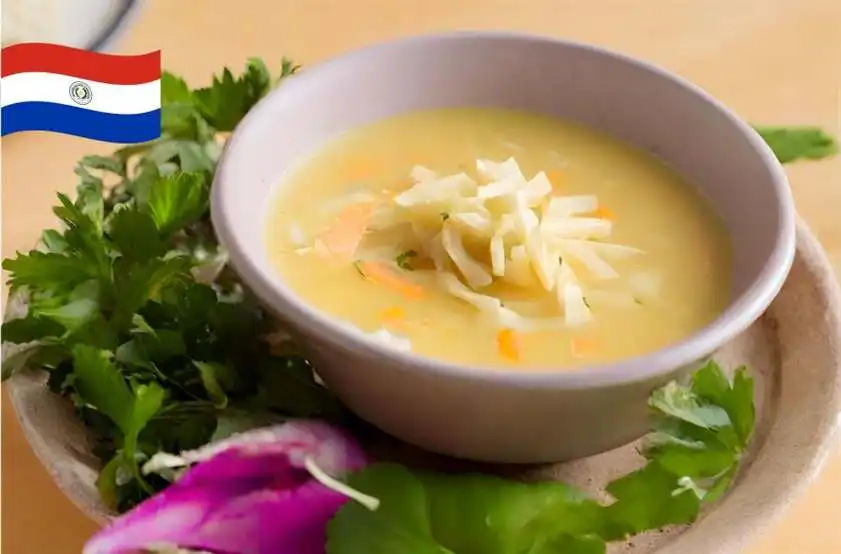
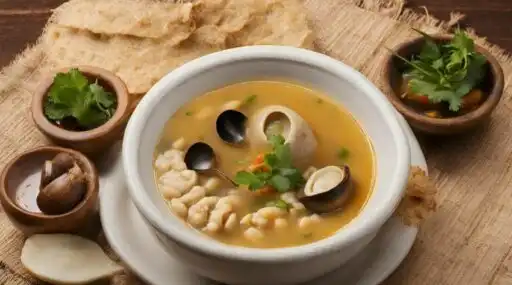
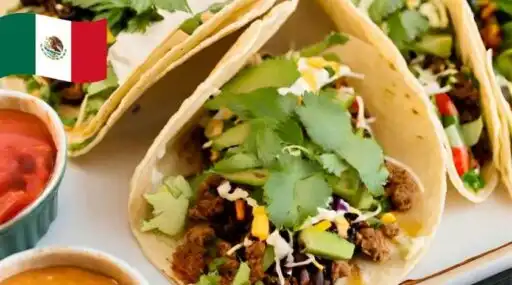

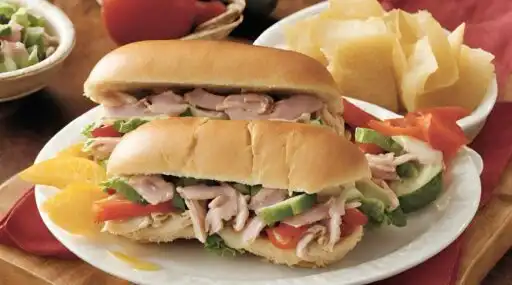
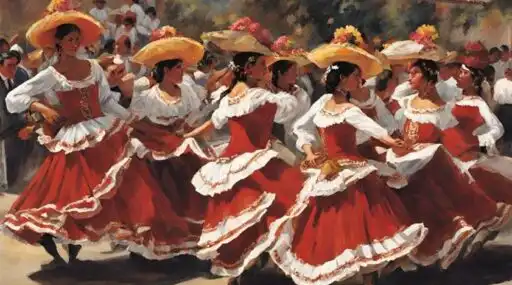



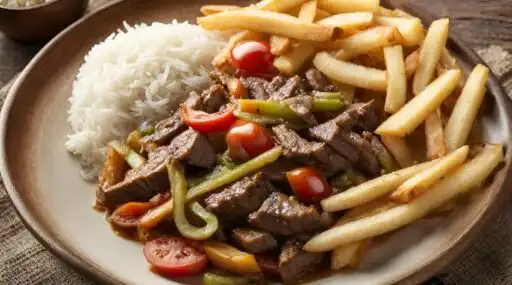
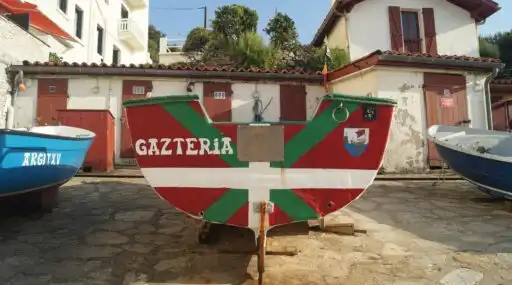
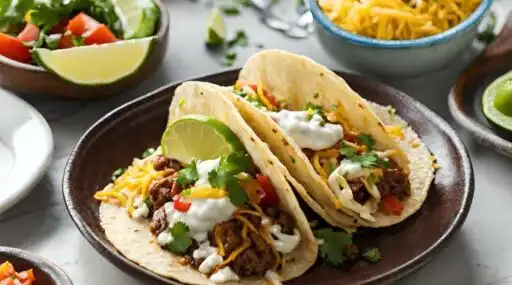

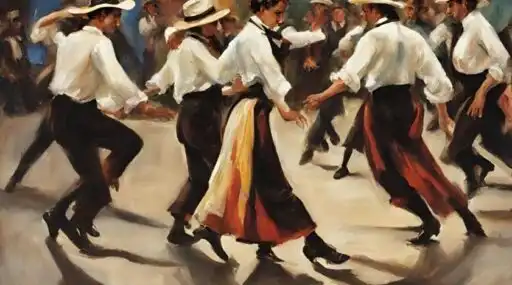

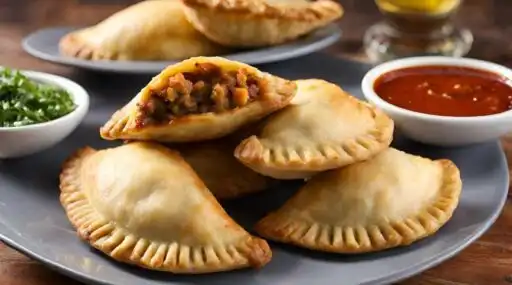
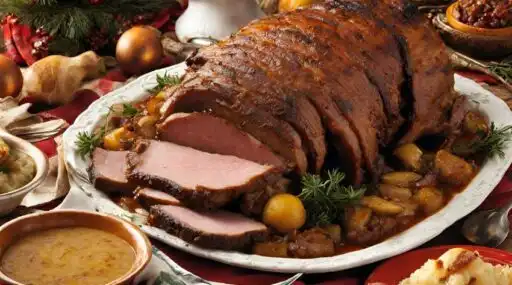


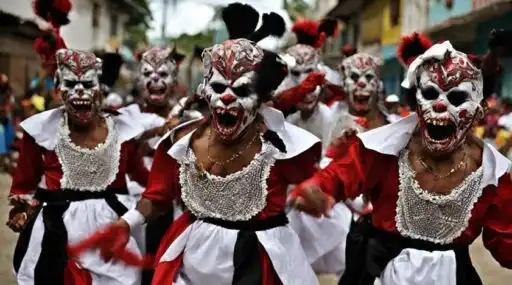

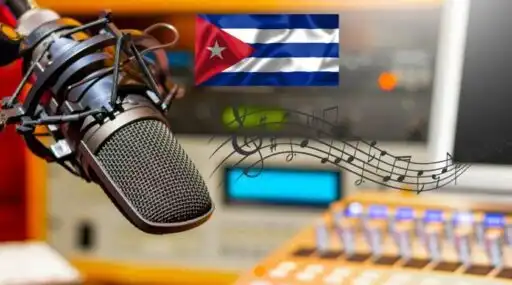
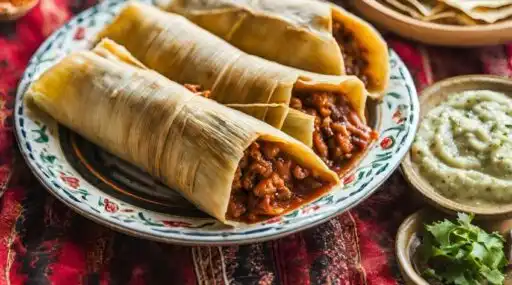

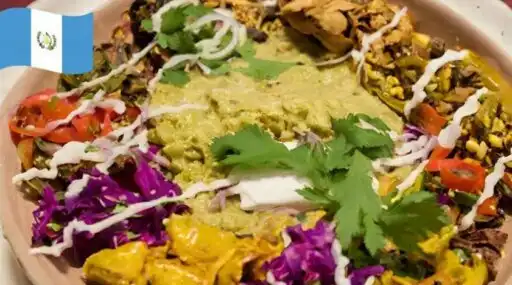

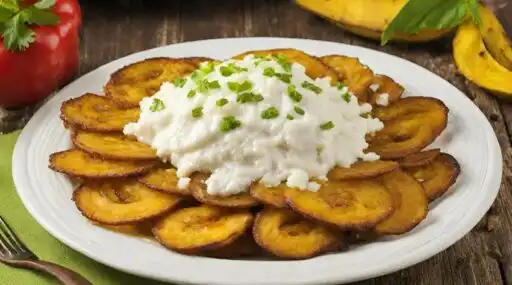

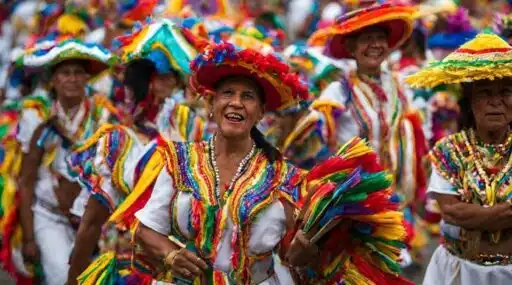
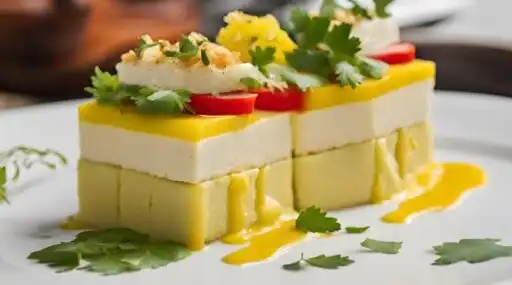

Leave a Reply